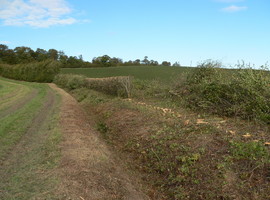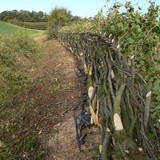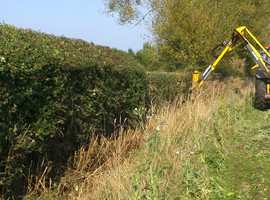Why is hedgerow management important?
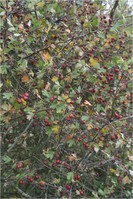
Photos: Berries on two years growth on a hawthorn hedge (left) and the same hedge after cutting in autumn (right)
Hedgerow management and rejuvenation experiments:
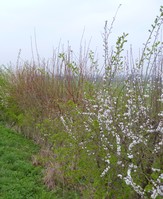
Photos: blackthorn blossom (above), coppicing (below left), traditional hedge-laying (centre), hedge cutting with a flail (right) at Wimpole Hall and Waddesdon Estates.
We have published eight papers and two book/ conference proceedings chapters from the results of this project, see PI webpage for publication details.

